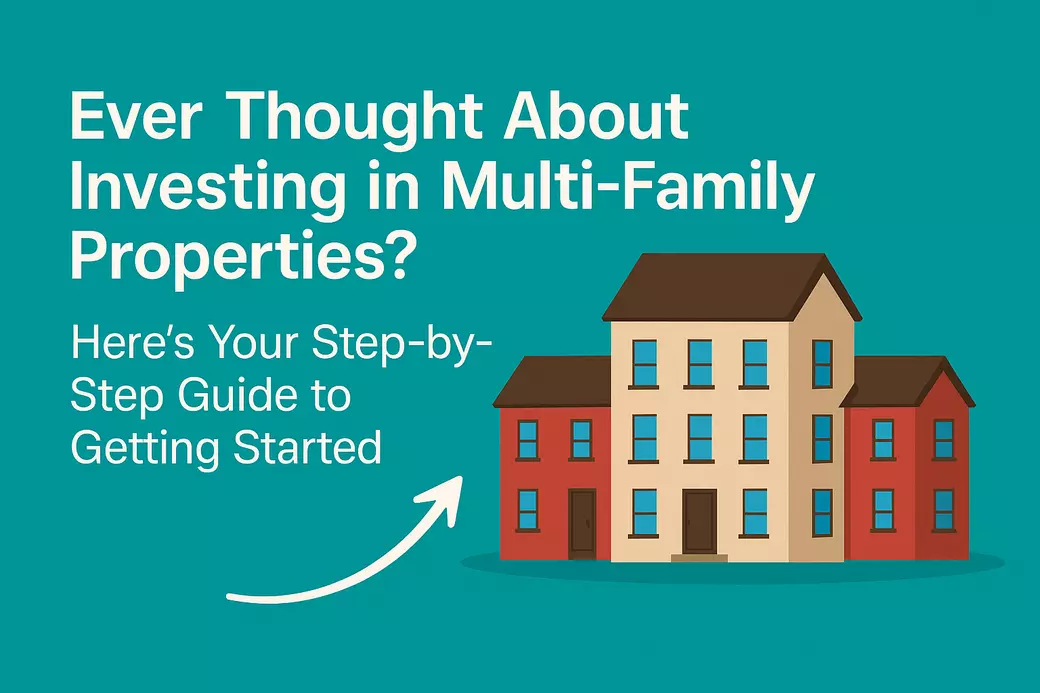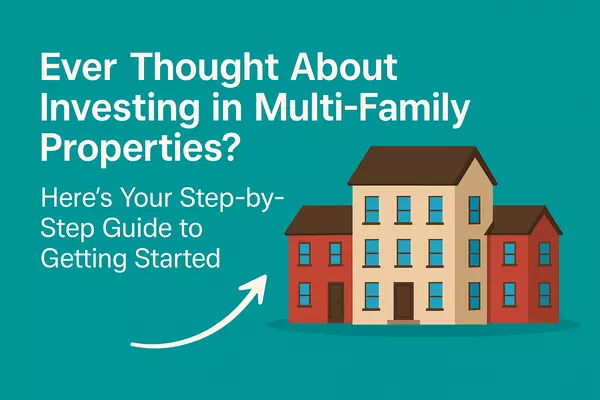Ever Thought About Investing in Multi-Family Properties? Here’s Your Step-by-Step Guide to Getting Started

Ever Thought About Investing in Multi-Family Properties? Here’s Your Step-by-Step Guide to Getting Started
Have you ever driven past a well-kept apartment building and wondered, “Could I own something like that?”
Investing in multi-family real estate isn’t just for seasoned investors—it’s a path open to anyone with curiosity, discipline, and a willingness to learn. Let’s walk through the steps to dive into this exciting opportunity, using a simple example: a charming duplex on Lime Avenue in Cypress.
Why Multi-Family?
Multi-family properties—like duplexes, triplexes, or small apartment buildings—offer powerful advantages:
-
Steady monthly income from multiple units
-
Built-in risk protection (if one unit is vacant, others still produce income)
-
Scalable growth — one purchase, multiple doors
-
Owner-occupant options, where you can live in one unit and rent out the others
In short, it’s a way to build wealth one door at a time while creating stability and flexibility for your financial future.
Step 1: Clarify Your Investment Goals
Ask yourself:
-
Am I seeking monthly cash flow or long-term appreciation?
-
Do I want to live in one unit (house hack) or rent out all units?
-
How hands-on do I want to be with management?
Your answers will shape everything from the neighborhoods you target to your financing and management strategy.
Step 2: Get Your Finances in Order
Multi-family properties often require:
-
20%–25% down payment (depending on occupancy and loan type)
-
Stronger lending criteria than single-family homes
Start with a pre-approval conversation. Lenders will also factor in projected rental income, which can help you qualify for a larger loan than you might expect.
💡 Tip: Some buyers use FHA loans (as low as 3.5% down) if they plan to live in one of the units.
Step 3: Research the Market
Location is key. Study local markets like Cypress, Santa Ana, or Huntington Beach—areas with:
-
Consistent rental demand
-
Good schools and amenities
-
Low vacancy rates
Look up comparable property sales, rental rates, and neighborhood trends. Knowledge is your best investment tool.
Step 4: Analyze Potential Properties
Using our duplex on Lime Avenue as an example:
-
Review property condition and rental history.
-
Estimate monthly income and expenses (mortgage, taxes, insurance, maintenance).
-
Calculate your cash flow and cap rate to measure profitability.
-
Always budget for vacancies and unexpected repairs.
Step 5: Make an Offer & Conduct Due Diligence
When you find a promising property, your agent (👋 that’s where I come in) will help you write a competitive offer and guide you through escrow.
During due diligence:
-
Get a professional inspection
-
Review leases and tenant payment history
-
Verify permits, zoning, and rent control rules
A detailed review upfront protects you from expensive surprises later.
Step 6: Close & Manage
After closing, you officially become a landlord (congratulations 🎉).
Decide whether to:
-
Self-manage the property (more control, more time)
-
Hire a property manager (less stress, small fee)
Your focus now: maintain the property, communicate well with tenants, and plan for long-term equity growth.
Ready to Take the Leap?
Multi-family investing is one of the most reliable paths to financial freedom. With the right strategy and support, a simple duplex can become the cornerstone of your wealth portfolio.
If you’re ready to explore this step—or want help running numbers on your first property—I’d love to guide you through it.
Recent Posts











The Duarte Group
Phone
